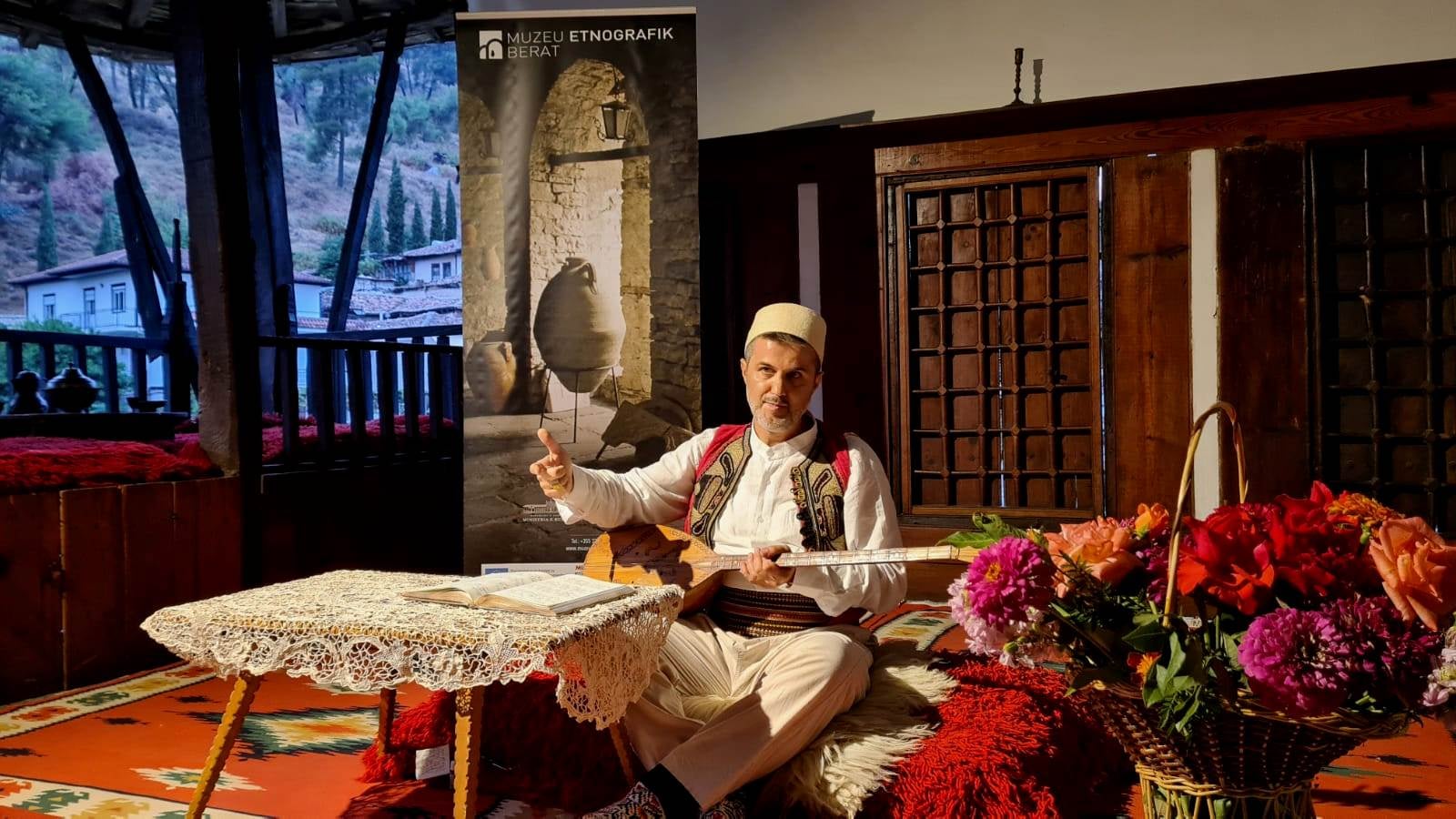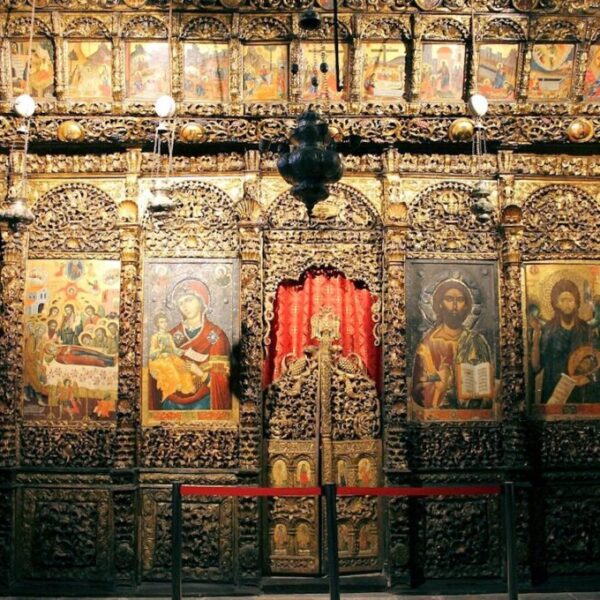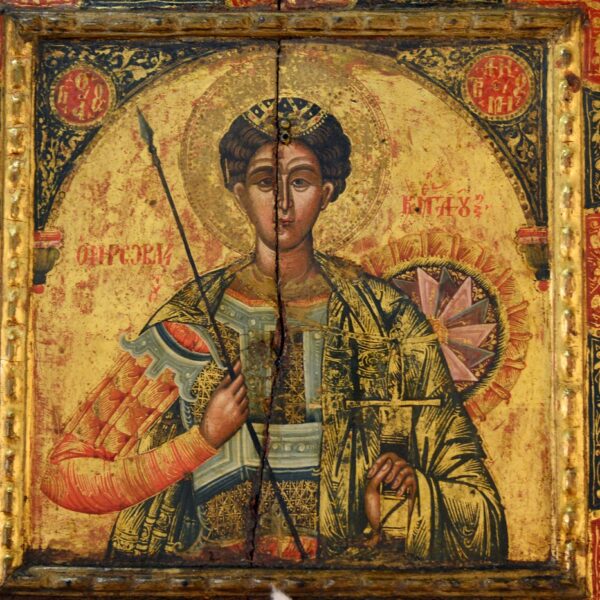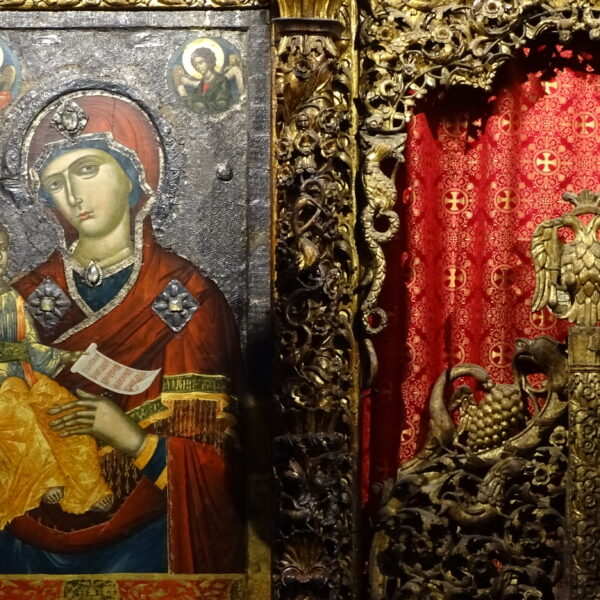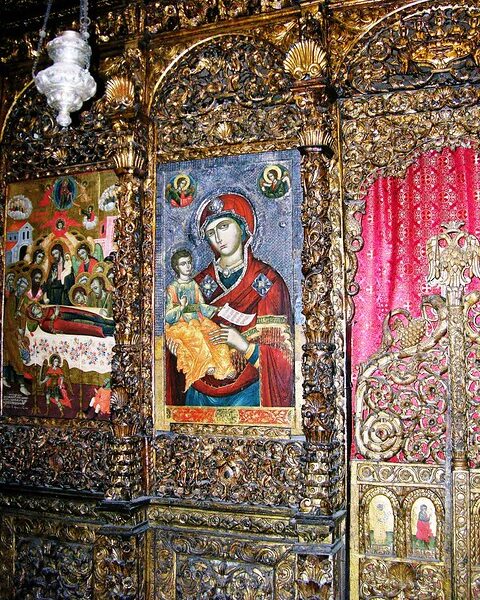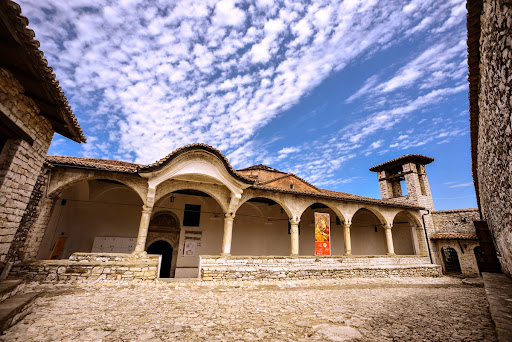**Ethnographic Museum of Berat: Preserving Tradition and Culture**
**Museum Timetable:**
- 1ST October – 15 May 09:00 -16:00 ( On Monday is closed )
- 16 May – 30th September 09:00-18:00 – Every day No Holiday
- Entrance fee: 300 Leke per person
Tel +355 322 322 48
**Overview:**
The Ethnographic Museum in Berat is a treasure trove of cultural heritage, showcasing over 1,300 objects that bear witness to the fascinating traditions of the Berat region. Founded in 2018 by Professor Simon Vrusho, the museum faced potential closure after his passing. However, the intervention of Gazmend Toska, a French-Albanian philanthropist, secured its relocation to a more spacious venue in 2019.
**Exhibits:**
- **Medieval Bazaar:** A recreated street on the first floor mirrors a medieval bazaar, displaying artifacts from the once-thriving crafts of the region. Weaving, silver-smithing, copper-smithing, and aristocratic attire provide a glimpse into the city’s past.
- **Porch Exhibition:** An open space exhibits crafts practiced at home for family needs, featuring olive oil production tools, a potter’s wheel, and more. The courtyard showcases ceramic and stone-carved objects.
- **Chardak:** This wooden structure, open and without a ceiling, served as the main part of the house. It provided ample space for household and craft activities during warm months, featuring kilims and high-pile rugs.
- **Workroom:** Women worked on embroidery and dowry preparation in this room, showcasing looms and tools used for weaving various fabrics.
- **Guest Room:** A room of decorative and architectural significance used for welcoming guests and family ceremonies. Notable features include an elegant fireplace, built-in cupboards, and intricate tableware.
**Ethnographic Museum Collection:**
uckle:** A silver buckle from the 19th century worn by Berat’s aristocratic women.
**Tapestry:** Handmade wool tapestry from the early 20th century, part of a bride’s dowry.
**Waistcoat:** A velvet waistcoat from the late 19th century, woven with golden threads.
– **Sako:** A garment worn by aristocratic women in the mid-19th century, made of imported fabric.
– **Tray:** A silver tray from the early 19th century crafted with the filigree technique.
**Brazier:** A bronze or copper brazier from the mid-19th century used for heating.
**Tableware:** Elaborate tableware from important families, featuring silver-plated bowls and Oriental-inspired decorations.
**Reliquary:** An early Christian marble reliquary, an uncommon artifact for Berat.
**Operating Times:**
Entrance fee 300 Leke pp
ious artistry in the heart of Berat.

